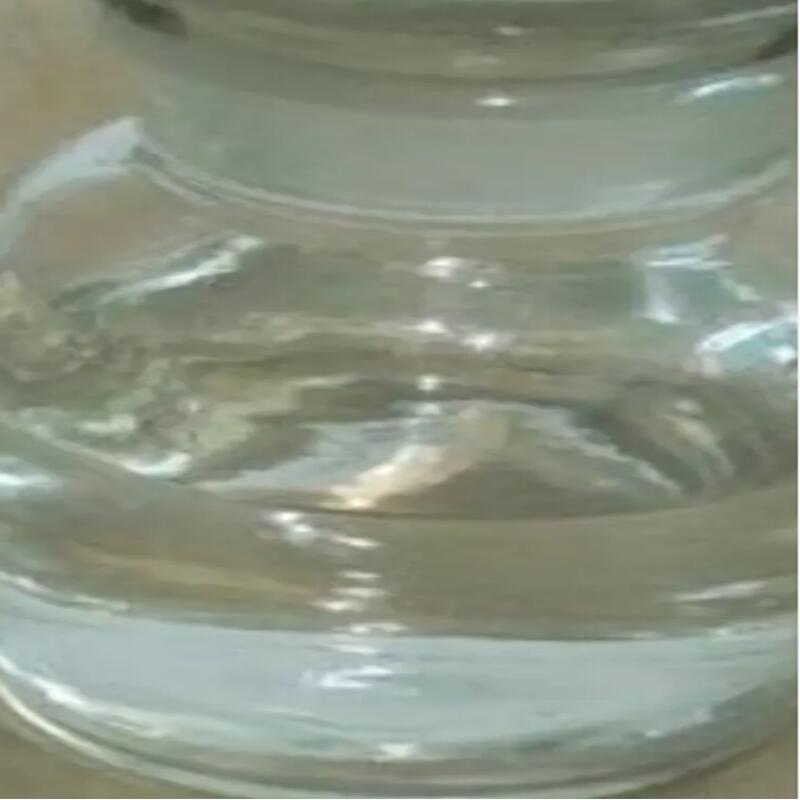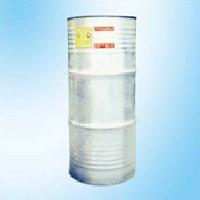-
Categories
-
Pharmaceutical Intermediates
-
Active Pharmaceutical Ingredients
-
Food Additives
- Industrial Coatings
- Agrochemicals
- Dyes and Pigments
- Surfactant
- Flavors and Fragrances
- Chemical Reagents
- Catalyst and Auxiliary
- Natural Products
- Inorganic Chemistry
-
Organic Chemistry
-
Biochemical Engineering
- Analytical Chemistry
-
Cosmetic Ingredient
- Water Treatment Chemical
-
Pharmaceutical Intermediates
Promotion
ECHEMI Mall
Wholesale
Weekly Price
Exhibition
News
-
Trade Service
2-Ethylhexyl nitrate, also known as 2-ethylhexanone nitrate, is a widely used precursor in the chemical industry.
This colorless liquid is commonly used as an intermediate in the production of plastics, fibers, coatings, and other industrial applications.
The synthetic routes of 2-ethylhexyl nitrate can be broadly classified into two categories: direct nitration and indirect nitration.
Direct Nitration
Direct nitration is the most common method of synthesizing 2-ethylhexyl nitrate.
In this process, 2-ethylhexanol, a colorless liquid with a characteristic sweet odor, is nitrated using nitric acid.
The reaction takes place in the presence of a solvent, such as acetone or ethyl ether, and a catalyst, such as sulfuric acid or pyridine.
The reaction is exothermic, and it produces 2-ethylhexyl nitrate and water as products.
Indirect Nitration
Indirect nitration is an alternative method of synthesizing 2-ethylhexyl nitrate.
In this process, 2-ethylhexanol is first converted into an alkene using a metal catalyst, such as aluminum chloride or sodium.
The resulting alkene is then nitrated using nitric acid to produce 2-ethylhexyl nitrate.
Advantages of Direct Nitration
Direct nitration is a relatively simple and cost-effective method of synthesizing 2-ethylhexyl nitrate.
It is also a highly efficient process, with a high yield of product.
Additionally, the use of a solvent and a catalyst allows for better control over the reaction conditions, which can lead to a more consistent product.
Disadvantages of Direct Nitration
However, direct nitration also has some disadvantages.
The use of nitric acid can be hazardous, and proper safety precautions must be taken to prevent accidents.
Additionally, the presence of a solvent can make the separation of the product more difficult.
Advantages of Indirect Nitration
Indirect nitration has some advantages over direct nitration.
It is less hazardous, as it does not involve the use of nitric acid.
Additionally, the use of a metal catalyst allows for better control over the reaction conditions, which can lead to a more consistent product.
Disadvantages of Indirect Nitration
However, indirect nitration is also associated with some disadvantages.
It is generally more complex and expensive than direct nitration.
Additionally, the use of a metal catalyst can also result in lower yields of product.
Conclusion
In conclusion, the synthetic routes of 2-ethylhexyl nitrate can be broadly classified into two categories: direct nitration and indirect nitration.
Both methods have their advantages and disadvantages, and the choice of method depends on the specific needs of the application.
Regardless of the method used, 2-ethylhexyl nitrate is an important intermediate in the chemical industry, and its uses continue to expand.







